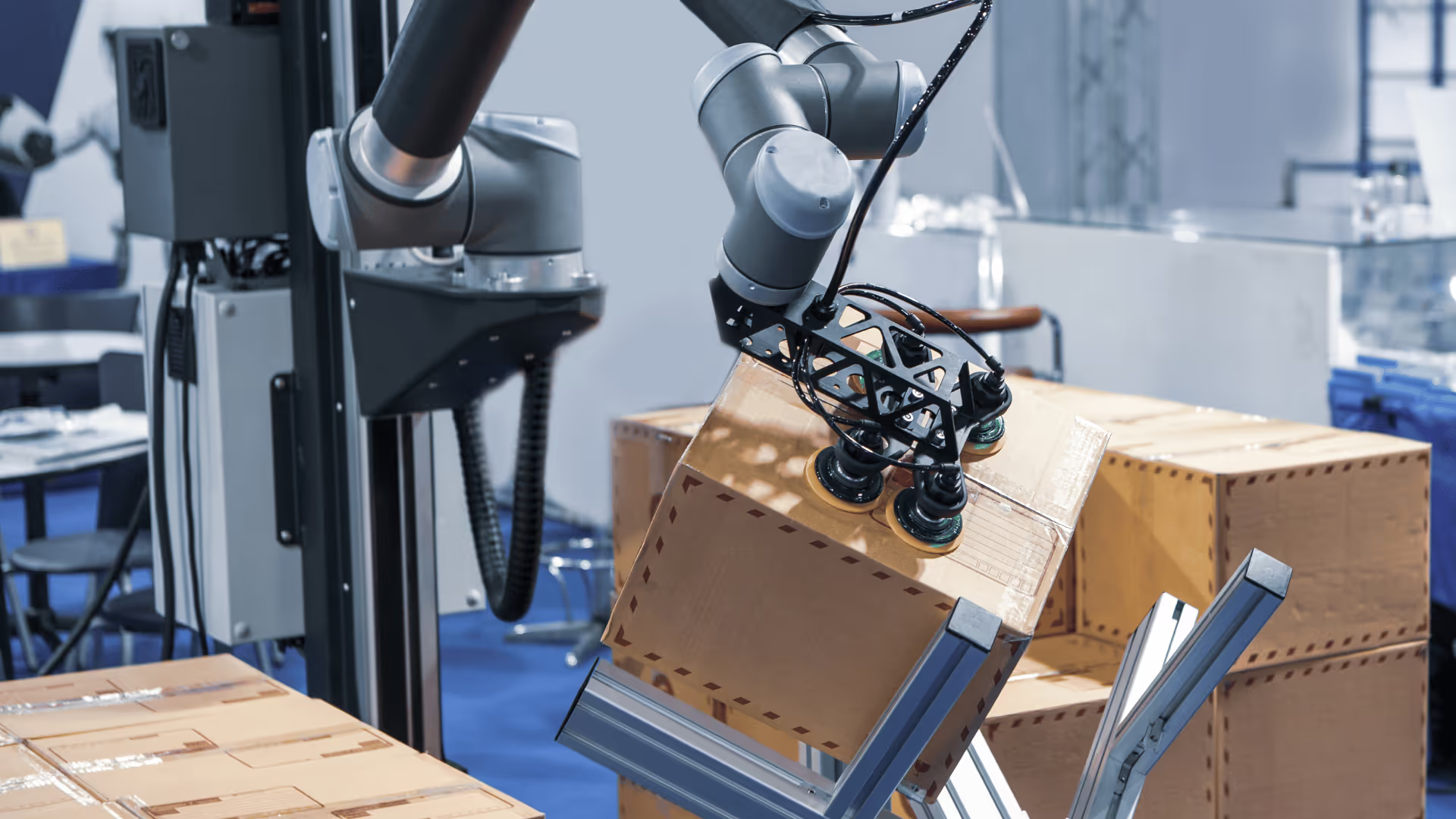Communication Protocols for Industrial IoT: An Essential Guide

Introduction
In the era of Industry 4.0, communication protocols are the backbone of the Industrial Internet of Things (IIoT). They ensure seamless and reliable data exchange between machines and systems, driving efficiency and innovation on the shop floor. This blog delves into the critical role of communication protocols in IIoT and explores some of the key protocols that are shaping the future of industrial automation.
1. What Are Communication Protocols?
Communication protocols are formal descriptions of digital message formats and rules required for exchanging messages between computing systems. Think of them as the sophisticated “language” that enables devices to communicate, ensuring consistency and universality in data exchange.
2. Why Do We Need Them?
In an industrial setting, various devices and machines need to communicate effectively to perform their tasks. For example, a Programmable Logic Controller (PLC) must interact with actuators and sensors using specific protocols to ensure smooth and safe operations.
3. Key Components of Protocols
Protocols define numerous transmission properties, including packet size, transmission speed, error correction, handshaking techniques, and more. These properties ensure that data is transmitted accurately and efficiently across the network.
4. Essential Protocols for Industrial Automation
MTConnect
An HTTP-based protocol designed to enable equipment and networks to connect seamlessly. It translates machine tool data into a common, internet-based language that software applications can interpret. MTConnect is read-only but extensible, making it ideal for standardizing data across diverse equipment.
OPC-UA
This protocol ensures compatibility among automation systems. It supports both read and write operations, making data readily available across different devices. OPC-UA is highly adaptable, though it requires specific drivers to retrieve data from PLCs.
MQTT
A lightweight, publish-subscribe protocol perfect for remote connections with limited bandwidth. MQTT facilitates bi-directional communication between devices and is known for its secure and scalable architecture, making it ideal for IIoT applications.
5. Practical Applications and Benefits
Optimizing Shop Floor Operations
Protocols like MTConnect and OPC-UA provide real-time insights into machine performance, enabling predictive maintenance and minimizing downtime.
Enhancing Inventory Management
MQTT helps track inventory levels in real-time, optimizing reorder points and reducing carrying costs.
Improving Quality Control
Continuous monitoring and data analysis ensure product quality and reduce waste, leveraging protocols for real-time feedback.
Ensuring Safety
Protocols enable real-time monitoring of environmental conditions, enhancing workplace safety and compliance.
Conclusion
Communication protocols are pivotal in the successful implementation of IIoT, driving efficiency, innovation, and reliability on the shop floor. By understanding and leveraging these protocols, businesses can achieve seamless data exchange and operational excellence in an increasingly connected industrial landscape.
Talk to us
Let us take your company to the next level. Let’s have a chat and find out how we can help you.






